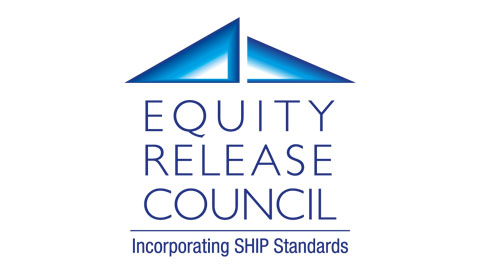
The total value of equity release lending reached £1.38bn in 2014, according to the latest figures from the Equity Release Council.
This is the largest annual figure since records began in 1992, exceeding the previous high (£1.21bn in 2007) by 14%.
This 2014 total is also a 29% increase from 2013, bringing the equity release market back above pre-recession levels.
New data from The Council shows the value of equity release lending totalled £365.7m in Q4 2014: an increase of 18% year-on-year from £310.2m in Q4 2013. As a result, equity release lending reached £741m for the second half of the year. This is the largest amount in any half year since The Council began recording this in 2002, up by 16% from H1 2014 and by 25% since H2 2013.
The number of new equity release customers also broke records with more than 5,700 over-55s releasing equity from their homes in the last three months of 2014.
There were 5,712 new customers in the final quarter of the year, which is the largest amount in a single quarter for six years (Q4 2008 – 7,526). This is an increase of 3% from the third quarter of 2014 and a 12% rise year-on-year.
It pushed the total number of new equity release customers in 2014 to 21,336, a 13% increase from 2013 and the largest yearly figure since 2008. Customer numbers have now grown for four consecutive years since the recession.
The average value of equity release lending also hit a new milestone in 2014, reaching £64,787. This is an increase of 14% from last year and exceeds the previous record of £60,504 in 1998 by 7%.
66% of new equity release customers chose drawdown products in 2014, in contrast to just 25% of customers in 2006. Lump sum products now account for 34% of new plans while home reversion account for less than 1%.
However, drawdown products account for a smaller share of the market by value (60% or £825m during 2014), as these products allow retirees to take smaller sums as and when they need them, often allowing more of their housing wealth to be preserved.
Nigel Waterson, chairman of the Equity Release Council, said: “These lending figures show that 2014 truly has been a record-breaking year for the industry. Equity release is proving to be a crucial tool for financial planning in retirement, and is allowing retirees to improve their standard of living and give them more flexibility to support themselves or family members.
“Many retirees have more wealth tied up in property than anywhere else, so it is only logical that this forms part of their plan to enjoy a comfortable retirement. The new pension freedoms won’t change the fact that many people do not have enough savings for later life. There is a danger that people’s pension pots will be ‘here today, gone tomorrow’ – but housing wealth is the one constant that many in this generation can rely on for support.
“Increasing awareness of the available products and their benefits means that equity release will continue to thrive in 2015 and bring more help to our ageing population. Continued collaboration with all those in the sector, including the regulator and government, will support further innovations and maintain consumer protections. With talk of mainstream lenders and new offers arriving in the market, we anticipate big things for equity release in the year ahead.”
“Although the older generation have a considerable amount of housing equity at their disposal, the equity release market has often been seen as a specialist one,” said Helen Davies, head of implementation at Partnership.
“However, today’s sales figures which show that almost £1.4bn has been released, clearly show that an increasing number of older homeowners consider their home to be part of their retirement assets.
“Two different sets of customers appear to be developing – those who use a lump sum to clear outstanding debts at the start of their retirement and those who use drawdown to boost their income. This clearly highlights the different ways that equity release can support the over-50s and strongly support the case for future market development.
“With the introduction of the new pension freedoms in April 2015 and more people actively discussing their retirement financing options, we expect to see the market continuing to grow and prosper into the future.”















